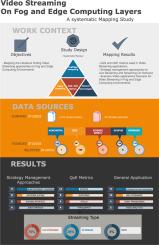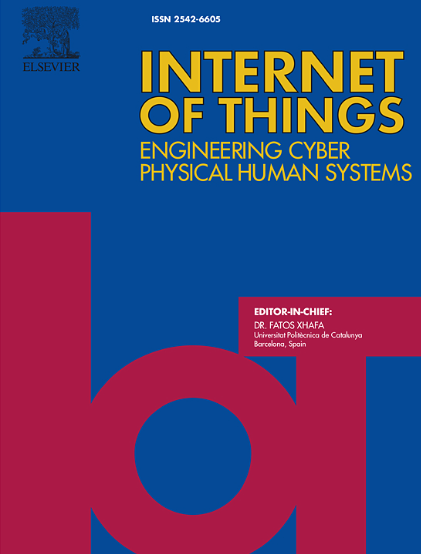雾计算和边缘计算层上的视频流:系统映射研究
IF 6
3区 计算机科学
Q1 COMPUTER SCIENCE, INFORMATION SYSTEMS
引用次数: 0
摘要
受自动驾驶汽车、增强现实和沉浸式视频等新兴技术的重大影响,视频流在互联网流量和日常应用中的地位日益重要。计算界对延迟、设备功耗、5G 和计算等方面进行了广泛讨论。6G 技术是一种超越现有技术的新兴通信模式,它的出现有望通过增强带宽、减少延迟和先进的连接功能彻底改变这些领域。雾和边缘计算环境加强了网络边缘的数据生成、控制和分析。因此,采用 QoE(体验质量)和 QoS(服务质量)等指标对于开发基于网络条件动态调整视频质量的自适应流媒体服务至关重要。本研究系统地梳理了有关雾计算和边缘计算视频流方法的文献,这些方法利用 QoS 和 QoE 指标来评估管理实时流媒体和按需流媒体的性能。研究结果强调了最常用的指标并讨论了资源管理策略,为开发新方法和增强现有通信协议(如 DASH(HTTP 动态自适应流)和 HLS(HTTP 实时流))提供了宝贵的见解。本文章由计算机程序翻译,如有差异,请以英文原文为准。

Video streaming on fog and edge computing layers: A systematic mapping study
Video streaming has become increasingly dominant in internet traffic and daily applications, significantly influenced by emerging technologies such as autonomous cars, augmented reality, and immersive videos. The computing community has extensively discussed aspects like latency, device power consumption, 5G, and computing. The advent of 6G technology, an emerging communication paradigm beyond existing technologies, promises to revolutionize these areas with enhanced bandwidth, reduced latency, and advanced connectivity features. Fog and Edge Computing environments intensify data generation, control, and analysis at the network edge. Consequently, adopting metrics such as QoE (Quality of Experience) and QoS (Quality of Service) is crucial for developing adaptive streaming services that dynamically adjust video quality based on network conditions. This work systematically maps the literature on video streaming approaches in Fog and Edge Computing that utilize QoS and QoE metrics to evaluate performance in managing Live Streaming and Streaming on Demand. The results highlight the most used metrics and discuss resource management strategies, providing valuable insights for developing new approaches and enhancing existing communication protocols like DASH (Dynamic Adaptive Streaming over HTTP) and HLS (HTTP Live Streaming).
求助全文
通过发布文献求助,成功后即可免费获取论文全文。
去求助
来源期刊

Internet of Things
Multiple-
CiteScore
3.60
自引率
5.10%
发文量
115
审稿时长
37 days
期刊介绍:
Internet of Things; Engineering Cyber Physical Human Systems is a comprehensive journal encouraging cross collaboration between researchers, engineers and practitioners in the field of IoT & Cyber Physical Human Systems. The journal offers a unique platform to exchange scientific information on the entire breadth of technology, science, and societal applications of the IoT.
The journal will place a high priority on timely publication, and provide a home for high quality.
Furthermore, IOT is interested in publishing topical Special Issues on any aspect of IOT.
 求助内容:
求助内容: 应助结果提醒方式:
应助结果提醒方式:


